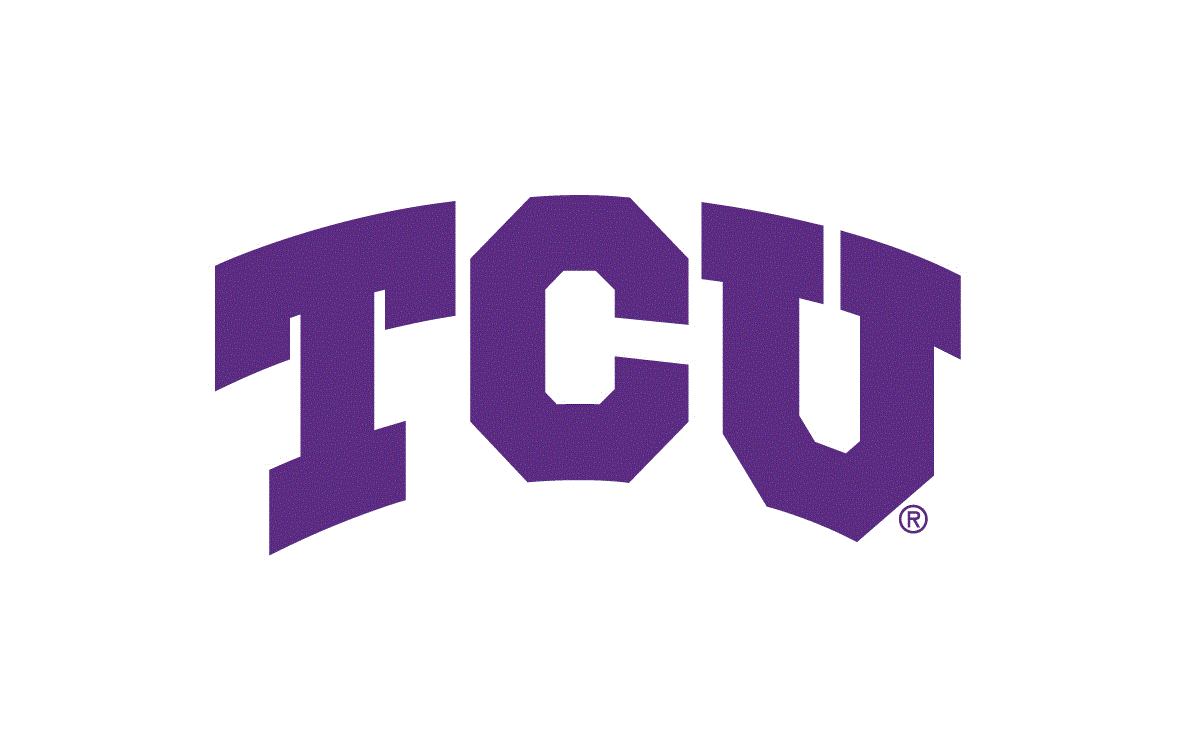Final Manuscript Preparation Guidelines for ABO: Interactive Journal for Women in the Arts, 1640-1830
This document provides details on typesetting and layout requirements pertaining to final manuscript submission to ABO: Interactive Journal for Women in the Arts, 1640-1830.
Formatting Requirements
- Do not include a title page or abstract. Begin the document with the introduction; a title page, including the abstract, will be added to your paper by the editors.
- Do not include page numbers, headers, or footers. These will be added upon publication.
- Write your article in English unless another language has been agreed upon with the editors. We use Americanized spelling and mechanics unless the text is quoted.
- Submit your manuscript, including tables, figures, appendices, etc., as a single Word file. Any other file type will result in formatting problems.
- Page size should be 8.5 x 11-inches.
- Please do not use the Styles menu. This will result in formatting problems in the final stages.
- All margins (left, right, top and bottom) should be 1.5 inches (3.8 cm), including your tables and figures.
- Single space the text and leave only one space between sentences.
- Font:
- Main Body—12 pt. Times New Roman
- Endnotes—10 pt. Times New Roman
If figures are included, use high-resolution figures, preferably encoded as encapsulated PostScript (eps). See our ABO Submission Guidelines for instructions on how to submit and handle images.
- When possible, there should be no pages where more than a quarter of the page is empty space.
- ABO uses the MLA Style Guide.
Additional Recommendations
Indenting, Line Spacing, and Justification
Do not indent paragraphs.
Only indent block quotes. An indent should be 2 em-spaces.
There should be a space between each paragraph.
Block quotes should be set off from the surrounding text by additional space above and below.
Try to avoid widows and orphans, i.e., single lines at the beginning or end of a page.
All text should be left-justified.
Article Length
Because this journal publishes electronically, page limits are not as relevant as they are in the world of print publications. We are happy, therefore, to let authors take advantage of this greater bandwidth to include material that they might otherwise have to cut to get into a print journal. This said, authors should exercise some discretion with respect to length.
Colored Text
The text should be black, though we encourage authors to take advantage of the ability to use color in figures, maps, etc.
Emphasized Text
Whenever possible use italics for emphasis.
Non-English Terms
Whenever possible, terms that are not in English should be set in italics rather than underlined.
Headings
Heading (e.g., start of sections) should be distinguished from the main body text by using sentence-style capitalization, in bold. There should be space above and below headings.
Titles
Titles of books, movies, etc. should be set in italics rather than underlined.
Endnotes
Endnotes should appear at the end of the article and be followed by the Works Cited. Endnotes should be in 10 pt. Times New Roman, and they should be single spaced. Endnote numbers or symbols in the text must follow punctuation. All endnotes should be left justified.
Tables and Figures
To the extent possible, tables and figures should appear in the document near where they are referenced in the text. Large tables or figures should be put on pages by themselves. Avoid the use of overly small type in tables. In no case should tables or figures be in a separate document or file. All tables and figures must fit within 1.5" margins on all sides (top, bottom, left and right) in both portrait and landscape view.
Mathematics
Roman letters used in mathematical expressions as variables should be italicized. Roman letters used as part of multi-letter function names should not be italicized. Whenever possible, subscripts and superscripts should be a smaller font size than the main text.
Short mathematical expressions should be typed inline. Longer expressions should appear as display math. Expressions using many different levels (e.g., such as fractions) should be set as display math. Important definitions or concepts can also be set off as display math.
Equations should be numbered sequentially. Whether equation numbers are on the right or left is the choice of the author(s). However, you are expected to be consistent in this.
Symbols and notations in unusual fonts should be avoided. This will not only enhance the clarity of the manuscript, but it will also help ensure that it displays correctly on the reader's screen and prints correctly on her printer. When proofing your document under PDF pay particular attention to the rendering of the mathematics, especially symbols and notation drawn from other than standard fonts.
References
ABO uses the MLA Style Guide

